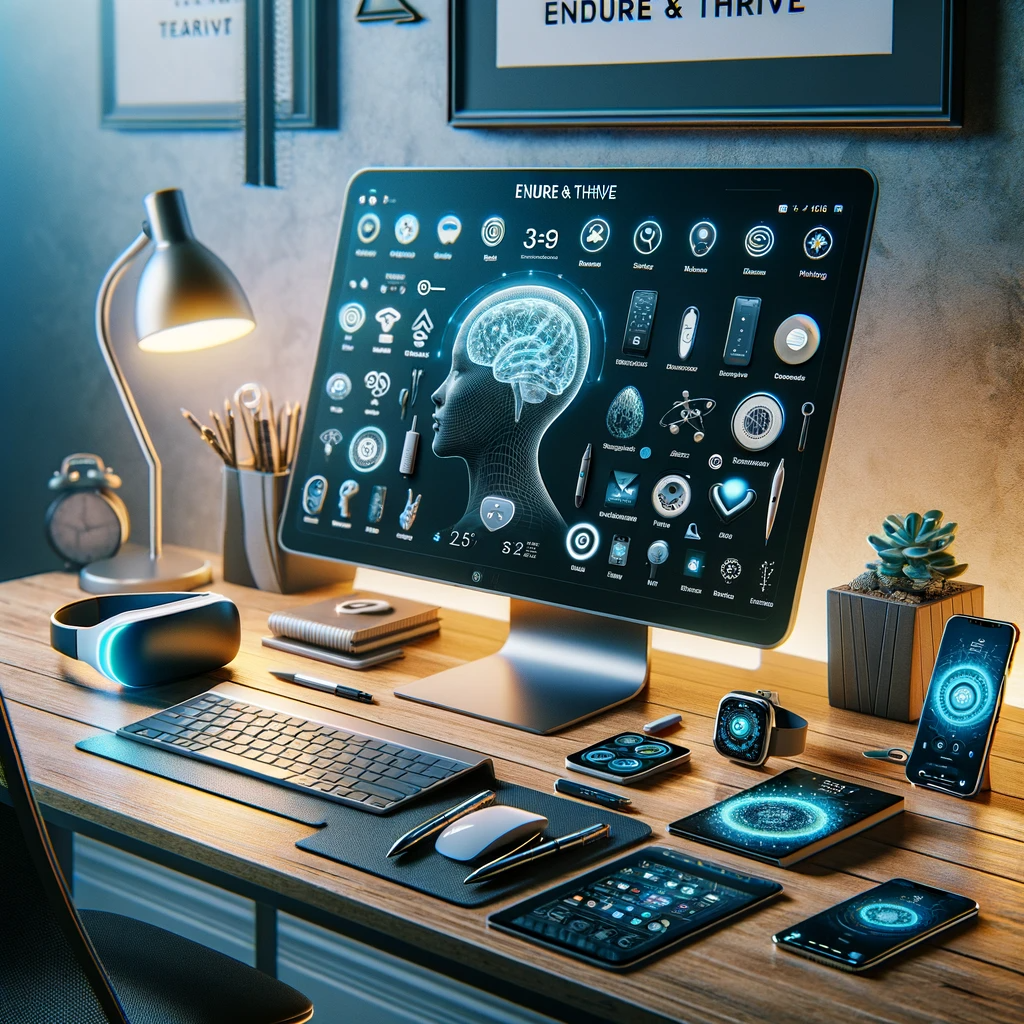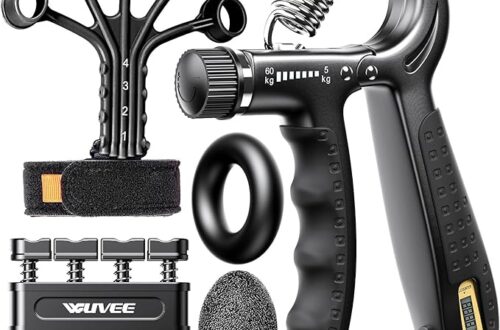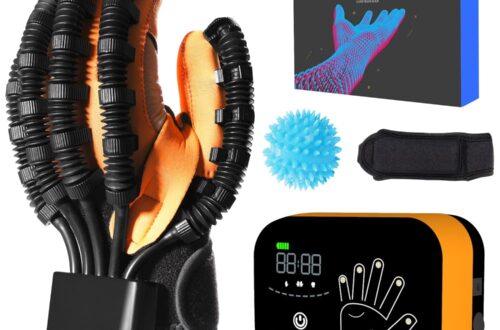Introduction to Stroke Therapy Devices
In the evolving landscape of medical technology, stroke therapy devices stand out as pivotal tools in rehabilitation and recovery for stroke survivors. These devices harness cutting-edge technology to improve motor function, reduce complications, and enhance the quality of life. Here, we explore a variety of innovative devices that are setting new standards in stroke rehabilitation.
High-Tech Robotic Devices for Enhanced Motor Recovery
One of the most transformative categories in stroke therapy involves robotic-assisted devices. These tools are designed to facilitate motor recovery in a way that was once considered unachievable. Robotic devices such as the Lokomat® or the ReWalk™ provide guided motion therapy which helps patients regain walking and mobility skills through repetitive practice and feedback. This technology not only supports the limbs during therapy but also adapts to each patient’s individual needs, offering personalized treatment plans.
Wearable Technology in Stroke Rehabilitation
Wearable technology has made significant strides in the field of stroke recovery. Devices like the MyoPro® arm brace use electromyography (EMG) sensors to detect muscle activity in the forearm and hand, enabling stroke survivors to perform tasks they would otherwise find difficult. This not only aids in daily activities but also contributes significantly to muscle re-education and limb functionality.
Virtual Reality (VR) Systems for Cognitive and Physical Therapy
Virtual reality systems are increasingly being utilized in stroke therapy to provide immersive, engaging environments that promote cognitive and physical recovery. VR platforms like the MindMotion™ PRO offer scenarios that mimic real-life challenges, allowing patients to practice complex movements and tasks in a controlled, safe setting. These exercises are designed to improve motor skills, balance, and coordination, while also providing essential feedback and progress tracking.
Neurofeedback Devices for Brain Recovery
Neurofeedback devices use brain-computer interfaces to help patients influence their own brain activity. Systems like the NeuroSky MindWave monitor electrical brainwaves to aid in relaxation and concentration exercises, crucial for cognitive recovery post-stroke. By enabling patients to visually see their brain’s activity on a screen, these devices encourage positive mental exercises and can lead to better control over their recovery process.
Tele-rehabilitation Solutions for Accessible Care
The advent of tele-rehabilitation has revolutionized access to stroke therapy, making it possible for patients to receive high-quality rehabilitation services from the comfort of their homes. Technologies such as video conferencing tools and remote monitoring devices allow therapists to oversee sessions and make real-time adjustments to treatment plans. This not only maximizes the efficiency of the therapy but also ensures consistent care, crucial for long-term recovery.
Electrical Stimulation Devices for Muscle Strength and Pain Management
Electrical stimulation is a technique widely used in stroke rehabilitation to help manage pain and restore muscle strength. Devices such as the Compex® muscle stimulator deliver controlled electrical pulses to affected muscle groups, helping to prevent muscle atrophy and alleviate pain. This form of therapy is essential for maintaining muscle tone and improving overall motor function in stroke survivors.
Conclusion: The Future of Stroke Recovery
As technology continues to advance, so too does the potential for more effective and efficient stroke rehabilitation. The devices discussed here represent just a fraction of the innovations that are shaping the future of stroke therapy. Each device offers unique benefits and can be tailored to meet the specific needs of each stroke survivor. With continued research and development, these technologies hold the promise of even greater improvements in stroke recovery outcomes, significantly enhancing the quality of life for those affected by this challenging condition.





